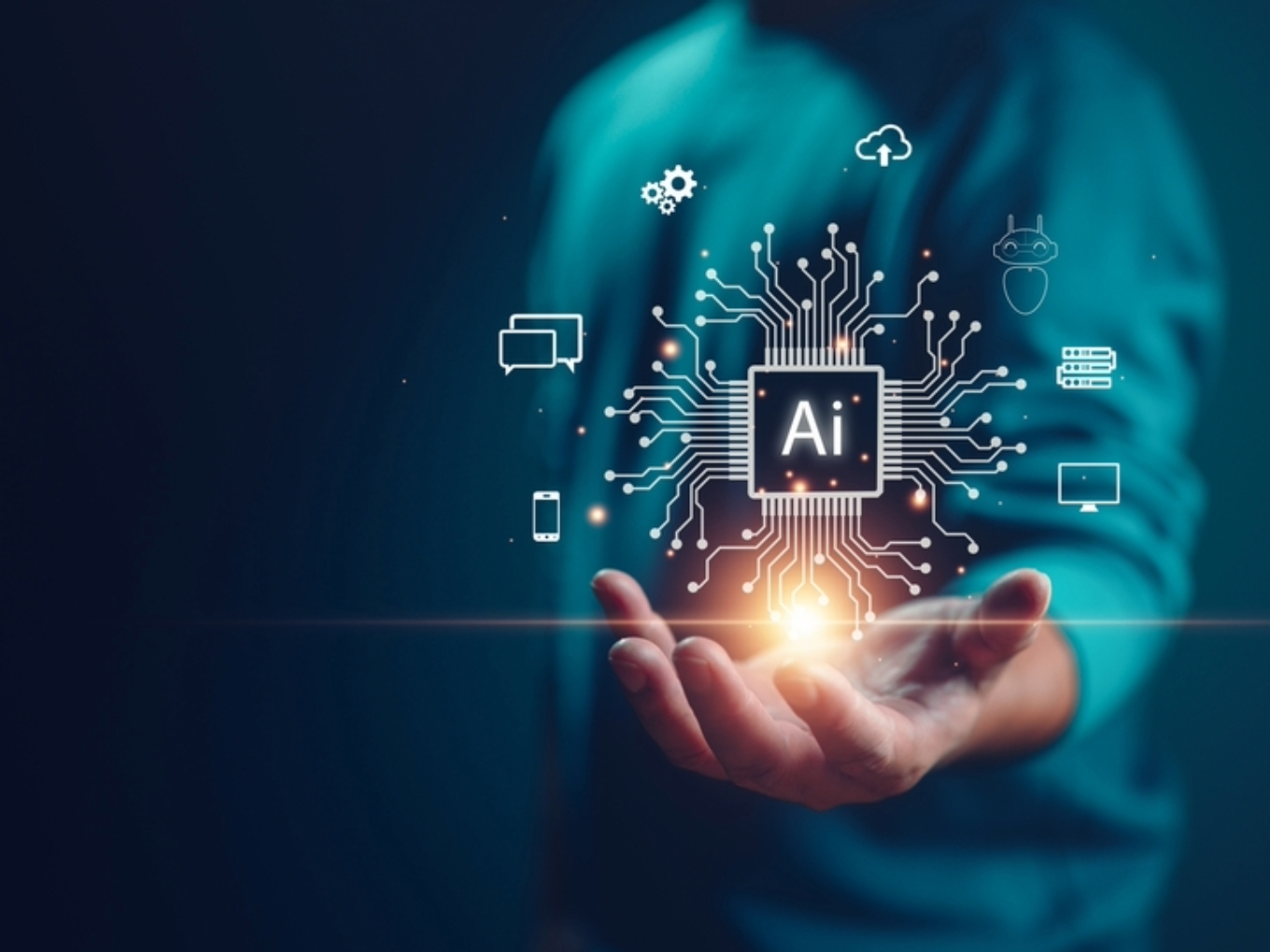We are in an era where we are seeing an unprecedented scale of creative destruction tipped off by technology, specifically Generative AI. With the Global South being placed at the intersection of great potential, great talent, and great technology, Generative AI is playing the role of a catalyst which will expand this intersection to unlock the next level of growth for the global South. However, it needs to be done now.
A recent McKinsey report reveals that over 60 percent of companies in the global south have used AI for at least one business function. In fact, in India alone, an integrated adoption of artificial intelligence (AI) and data utilisation strategy can add $500 Bn to its GDP by 2025.
While the opportunity is huge, the opportunity cost of delaying the adoption of GenAI is equally high. Enterprises can lose out on 50% of cost savings and 100% of productivity gains every year if they delay the adoption of this technology for their workforce management.
The Crippling Cost Function of Workforce Management
For an enterprise, except their product, everything else is a cost function with frontline workforce management being one of the largest. On an average, an enterprise has to go through fifteen profiles to hire one candidate for the job, coupled with high attrition rates in the industry, the cost-per-hire rate for enterprises is as high as $250.
Factoring in the scale at which most enterprises operate, an average of $3 million is spent every month by enterprises just to get the right people in. This cost is compounded when you add elements like training, productivity management, distribution of benefits etc. to the mix. Further add in the elements of low productivity of the labor force in the countries of the global south and the magnitude of inefficiency is made evidently clear.
While there are robust solutions to manage the inefficiencies and leakages, they are first, designed to manage white-collar workers which devoids them of the ability to manage the scale of frontline workforce management.
Second, they lack customization and try to manage inefficiencies through standardization. What is needed is a systemic change in the way we manage work. This can be done by moving away from a process oriented mindset to an individual oriented approach and GenAI can enable this at scale.
GenAI And The Era Of Individualistic Workforce Management
The problem with a one-size-fits-all model of workforce management has a fundamental problem. It is a macro solution to a micro problem. The inefficiencies at an enterprise level is a cumulation of problems at the individual workforce level.
However, up until now, the enormous scale made it close to impossible to solve the problem at an individual level. With the advent of GenAI this can be done through a three-pronged approach of automation, optimization, and generation.
Despite great technological advances, most of the processes in workforce management are still manual. Hence it becomes imperative to first automate the existing manual processes and GenAI can do this more efficiently than any other tech innovation.
Take the example of hiring workers. As mentioned earlier, HR teams have to sift through fifteen resumes to hire one worker, which means that if an enterprise wants to hire 1000 people in a year, the HR teams would have to go through 15,000 resumes.
GenAI has the capability to automatically parse hundreds of resumes of potential candidates, create a summary of their skills, rank them in terms of relevance to the current job being sourced and match them across different jobs open for hiring.
The second step is optimization. While automation brings in some level of optimization, certain inefficiencies still remain due to various factors. For example, GenAI can automate the shortlisting of candidates but might face inefficiencies during the interview and assessment phase like scheduling of interviews, language barriers, human biases etc.
GenAI can optimize this through Large Language and GPT Models. These models can be integrated into WhatsApp and Telegram APIs to send out customized tests to applicants which are self generated, record the responses, and grade them based on different criteria.
It also has the capabilities to assess, record and interview in multiple different languages to suit different contexts. All of this without any human intervention. What would have taken 450 man hours to complete is done within 15 minutes.
The last step is generation and this is where GenAI models like GPT and DALLE-3 have a significant edge. These models can automatically analyze the workforce productivity data which granular up to the individual level, assess the pain points, and basis this create customized solutions for the same. For example, skilling which is one of the most cost intensive activities for an HR team can be fully automated.
DALLE-3 models, with a few prompts, can create robust video skilling courses which are customized based on the individual worker’s preference and then distribute it to them on their mobile devices, and also assess the progress.
Similarly, GPT models can be used to help ground workers with on-duty support when they have any queries. An electrician can add in a question on how to fix a certain instrument and the model can give out relevant answers in the best format be it written or audio visual, instantly.
The use cases of GenAI are enormous and we are still at the tip of the iceberg when it comes to exploring these use cases. With more organizations getting on board, the models would become more robust adding more to productivity gains, reshaping workers and the nature of work itself. The future of tech adoption for enterprises in India looks bright, only if we all act fast.
The post How Gen AI Is Transmuting India Inc’s Tech-Work Landscape appeared first on Inc42 Media.

